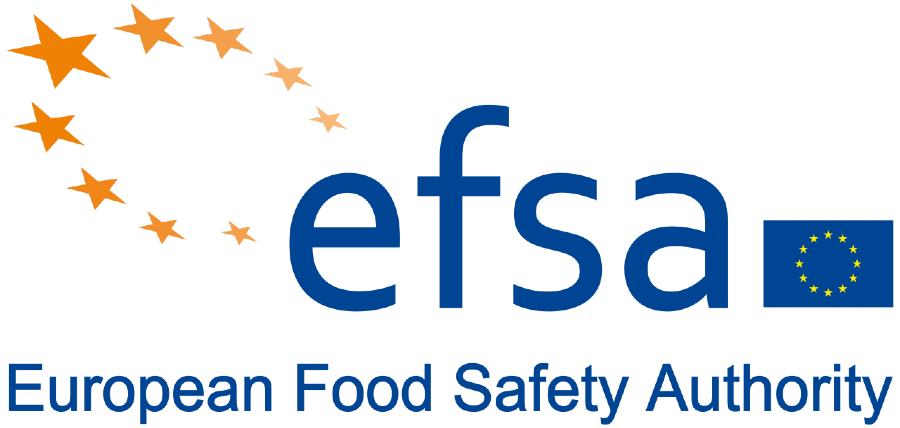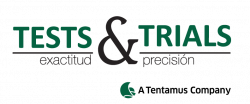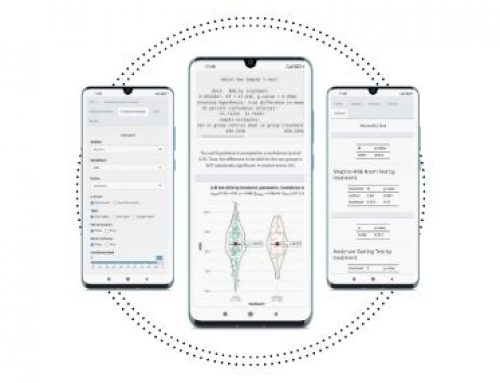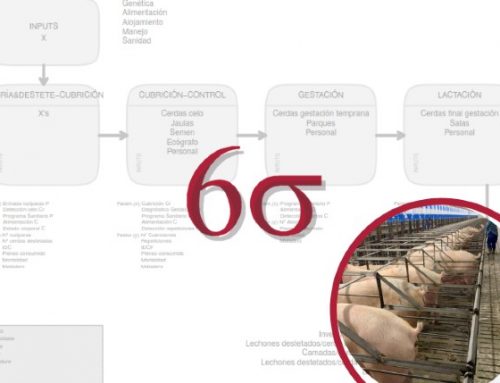EFSA publishes new guidance on how to renew feed additive authorizations
The European Food Safety Authority (EFSA) has published a new guide detailing the new information requirements that are requested from companies that want to renew the authorization of feed additives.
To obtain its approval, some requirements must be met regarding the preparation and presentation of the information at the time of the application. Following the requirements set forth in Regulations (EC) No 1831/2003 and No 429/2008, among others, the changes are mainly focused on verifying the safety of the product (except when the applicant makes changes in the additive, such as the manufacturing process, its composition, the target species, conditions of use, new uses …).
The application is mandatory every 10 years, and its purpose is to demonstrate that the feed additive is still safe under the required conditions. The information provided will depend on the characteristics of the additive and must be sufficient to allow the authority to carry out an evaluation in line with the requirements.

Contents of the technical dossier
The EFSA is being very clear about how important is to indicate which parts of the dossier were already submitted in a previous application, which ones are updated or modified, and which are new.
In the summary, it will be enough to detail the scope of the current application and the inclusion of new information, regarding the identity, safety, and efficacy of the product (as well as important changes in factors such as the manufacturing process or activity of use in comparison with which it has been out on the market).
The second section focuses mainly on the identity, characterization, and conditions of use of the additives. Not only the changes in the product (as well as in any of the production phases) will be described, but also the statistical methodologies used. The guide facilitates the understanding of this through the following example: for those modifications that have an impact on the physicochemical properties of the additive, complementary data on the physical properties, stability and / or homogeneity of the product will be included. The same for when the safety of the product may be susceptible to change (it will need to be complemented with studies that refer to these aspects).
When referring the groups of microorganisms used as additives or as production strains, the guide emphasizes the importance of filling in the necessary information to evaluate and grant the ‘’ QPS status’’, the Qualified Presumption of Safety.
In addition, the results obtained from the post-marketing monitoring plans that have been carried out after the last authorization must be specified.
Do I have to include efficacy studies?
As always when talking about law… depends. They are not required except in the following situations:
In the case of coccidiostats and histomonostats, in order to obtain a contemporary confirmation of efficacy.
When the applicant proposes amending or supplementing the conditions of the original authorization which may have an impact on the efficacy of the additive for any causes (e.g., a reduction of the minimum recommended dose). In such case, the requirements of the Guidance on the assessment of the efficacy of feed additives (EFSA FEEDAP Panel, 2018b) should be followed.
When presenting information that will demostrate that product safety is maintained, is there a mettern to follow?
The organization of this section is at the election of the applicant, since the EFSA understands that each additive has its own characteristics and properties and, as such, the justifications may need different approaches to optimally provide the necessary information.
Still, some common approaches are suggested:
To perform an extensive literature search (ELS) that provides information on the safety of the feed additive under authorized conditions of use. The analysis of the data must show that the assets of the bibliographic studies are identical to the ones being applied (or that, at least, allow conclusions to be drawn about it). Some sources can be magazines, essays, reports, conferences, books, web pages, …
Second, it suggests that the applicant include new experimental studies, which should be conducted and reported in accordance with the relevant guidance documents on force at the time of application submission.
Shall you need more detailed information, click here to acces to the guidance.





